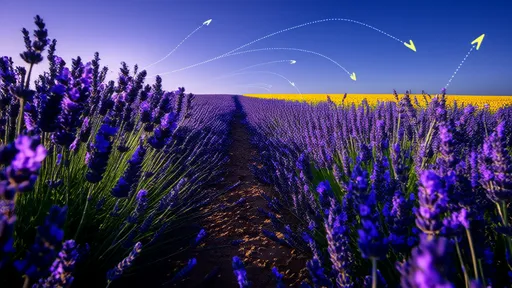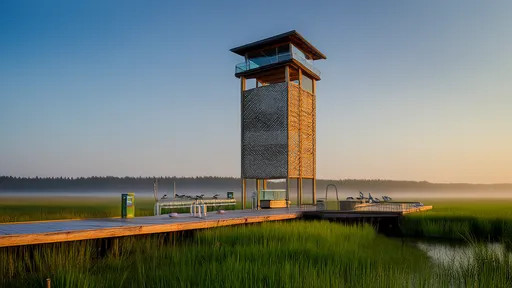The sky over the wetlands stretches endlessly, a vast canvas painted with the rhythmic flapping of wings. Every year, millions of migratory birds traverse continents, their journeys a testament to nature’s unyielding perseverance. In response to the growing need to protect these avian travelers, the Migratory Bird Station Initiative has unveiled an ambitious project: the Wetland Birdwatch Towers and Migration Resupply Stations. This endeavor seeks not only to safeguard these species but also to deepen humanity’s connection with the natural world.
Nestled within key wetland ecosystems, the Birdwatch Towers stand as silent sentinels, offering both birds and humans a sanctuary. Designed with minimal environmental disruption in mind, these structures blend seamlessly into the landscape. Their elevated platforms provide researchers and enthusiasts unparalleled views of flocks in flight, while their shaded observation decks ensure that human presence does not disturb the delicate balance of the habitat. The towers are more than mere observation points—they are bridges between species, fostering a deeper understanding of migratory patterns and behaviors.
Complementing the towers are the strategically placed Resupply Stations, critical pit stops along the birds’ arduous journeys. These stations are equipped with native vegetation, freshwater sources, and safe resting areas, offering weary travelers much-needed respite. By restoring degraded patches of land and ensuring a steady supply of food and shelter, the initiative addresses one of the greatest threats to migratory birds: habitat loss. Local communities have been instrumental in maintaining these stations, their involvement a heartening example of grassroots conservation.
The ecological significance of this project cannot be overstated. Wetlands, often referred to as the "kidneys of the earth," play a vital role in maintaining biodiversity and regulating climate. Yet, they are among the most threatened ecosystems globally. The Birdwatch Towers and Resupply Stations serve a dual purpose—they protect avian migrants while drawing attention to the fragile wetlands they depend on. Through guided tours and educational programs, visitors leave not just with memories of breathtaking sights but also with a renewed commitment to environmental stewardship.
What sets this initiative apart is its emphasis on collaboration. Ornithologists, architects, and local volunteers have worked in tandem, ensuring that every aspect of the project is both scientifically sound and culturally sensitive. In regions where the towers have been erected, there has been a noticeable resurgence in bird populations, a silent victory for conservationists. The Resupply Stations, too, have become hubs of activity, with schools and organizations adopting them as living classrooms.
As the sun sets over the wetlands, casting golden hues over the reeds and water, the importance of this work becomes vividly clear. The Migratory Bird Station Initiative is more than a conservation effort—it is a promise. A promise that future generations will still witness the awe-inspiring spectacle of migration, that the skies will remain filled with the songs of travelers from distant lands. In a world grappling with environmental crises, projects like these offer a glimmer of hope, a reminder that harmony between humans and nature is not just possible but essential.

By /Jul 16, 2025

By /Jul 16, 2025

By /Jul 16, 2025

By /Jul 16, 2025

By /Jul 16, 2025

By /Jul 16, 2025

By /Jul 16, 2025

By /Jul 16, 2025

By /Jul 16, 2025

By /Jul 16, 2025

By /Jul 16, 2025

By /Jul 16, 2025

By /Jul 16, 2025

By /Jul 16, 2025

By /Jul 16, 2025

By /Jul 16, 2025

By /Jul 16, 2025

By /Jul 16, 2025